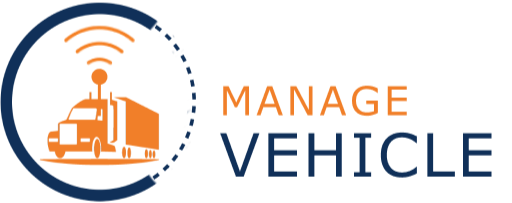Maintaining the roadworthiness of heavy vehicles is not just a regulatory requirement but a crucial element in ensuring safety on the road. Regular inspections are essential for identifying potential issues before they become serious problems. The National Heavy Vehicle Regulator (NHVR) provides a comprehensive inspection checklist that covers all critical components of a vehicle. This blog will outline the key aspects of this checklist and how technology can simplify the inspection process.
The National Heavy Vehicle Inspection Manual (NHVIM) is a comprehensive guide developed by the National Heavy Vehicle Regulator (NHVR) to standardize the inspection criteria for heavy vehicles across Australia. The manual provides detailed guidelines on the assessment of vehicle components, including brakes, steering, suspension, and body structure, ensuring that all vehicles meet the necessary safety and compliance standards. By establishing consistent inspection criteria, the NHVIM aims to enhance road safety, reduce accidents caused by mechanical failures, and simplify the regulatory process for fleet operators and inspectors nationwide.

Checklist Components
Vehicle Identification
Before any inspection begins, it’s essential to verify the vehicle’s identity. The NHVIM emphasises checking the Vehicle Identification Number (VIN) or chassis number, which must match the details on the compliance plate. Any tampering or discrepancies can lead to the vehicle failing the inspection. Ensuring the vehicle is authentic and correctly identified is the first step in maintaining compliance.
Brakes
One of the most critical systems in a heavy vehicle is the braking system. The NHVIM outlines a detailed process for inspecting brake components, including the service brake, park brake, and air/vacuum systems. Inspectors must ensure that brake pedals, hoses, and other components are free from damage and that the brakes function correctly. Any leaks, excessive wear, or faulty parts can result in a failed.
Couplings
Couplings, such as fifth wheels and pintle hooks, must be inspected for wear and tear, cracks, or any signs of failure. The NHVIM provides specific guidelines for checking these components, including ensuring that all fasteners are secure and that there is no excessive movement between parts. This is crucial for the safe operation of trailers and heavy vehicles.
Steering and Suspension
The steering and suspension systems are vital for maintaining control of the vehicle. Inspections must include checks for free play in the steering wheel, integrity of the suspension components, and any signs of damage or excessive wear. The NHVIM specifies acceptable limits for free play and outlines procedures for testing the steering and suspension.
Wheels, Tyres, and Hubs
Wheels, tyres, and hubs are inspected to ensure they are in good condition and can support the vehicle’s load. This includes checking for cracks, proper tyre tread depth, and the integrity of wheel fasteners. The NHVIM provides detailed criteria for assessing these components to prevent accidents caused by tyre failure or wheel detachment.
Structure and Body Condition
The structural integrity of the vehicle’s body is another critical area of inspection. This includes ensuring that there are no protrusions or defects that could increase the risk of injury. Mudguards, number plates, and other body components must be properly fitted and maintained according to the NHVIM guidelines.
Lights and Reflectors
Proper functioning of lights and reflectors is essential for visibility and safety, especially at night or in adverse weather conditions. The NHVIM requires that all lights, including headlights, tail lights, and indicators, are operational and correctly aligned. Reflectors must also be in place and not obscured.
Using Technology for Inspections

While the NHVIM provides a comprehensive manual for vehicle inspections, the process can be time-consuming and complex. However, with the help of modern technology, fleet managers can streamline inspections, reduce paperwork, and ensure compliance more efficiently. For example, mobile apps such as Manage Vehicle’s FCS app can automate data collection, making it easier to track vehicle conditions and maintain records. This data will be available any time to present during surprise NHVR inspections and Audits.
In addition, we also have features such as servicing and maintenance reminders which help customers maintain compliance without breaking a sweat. Using our software will also reduce the overhead costs of hiring professionals who will have to manage all of these checklists on paper. Instead, you can just store it online and have access at any given time. Not only is this solution cost-effective and more advanced but it is also more efficient than manual checklists.
To learn more about how you can adapt this technology into your day-to-day, contact us at [email protected]







